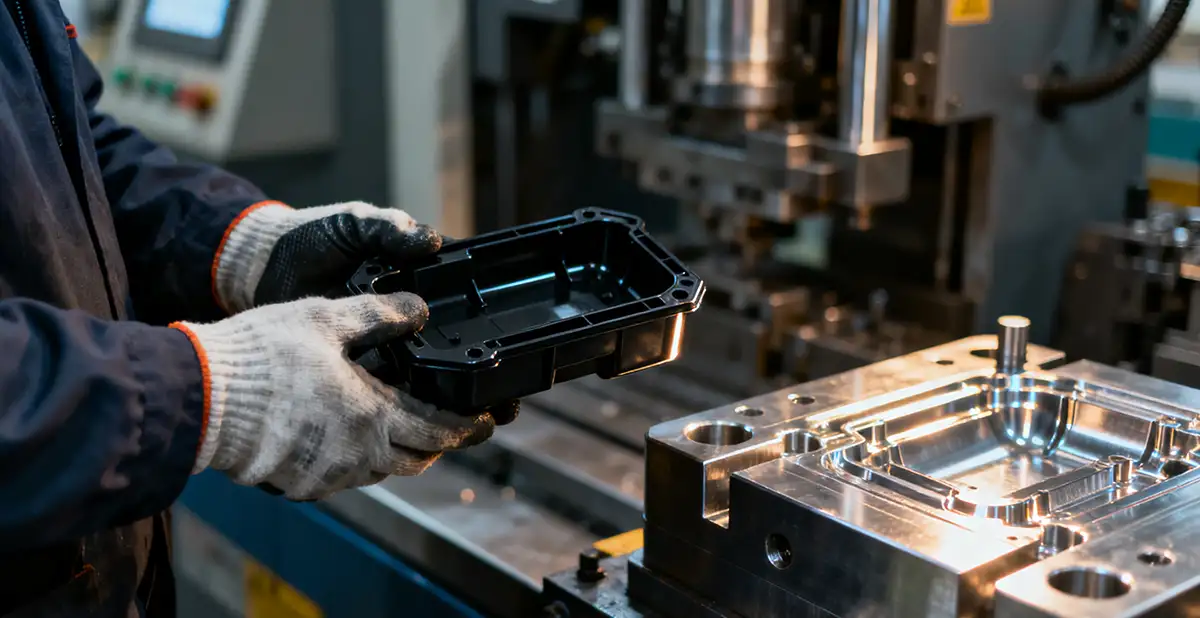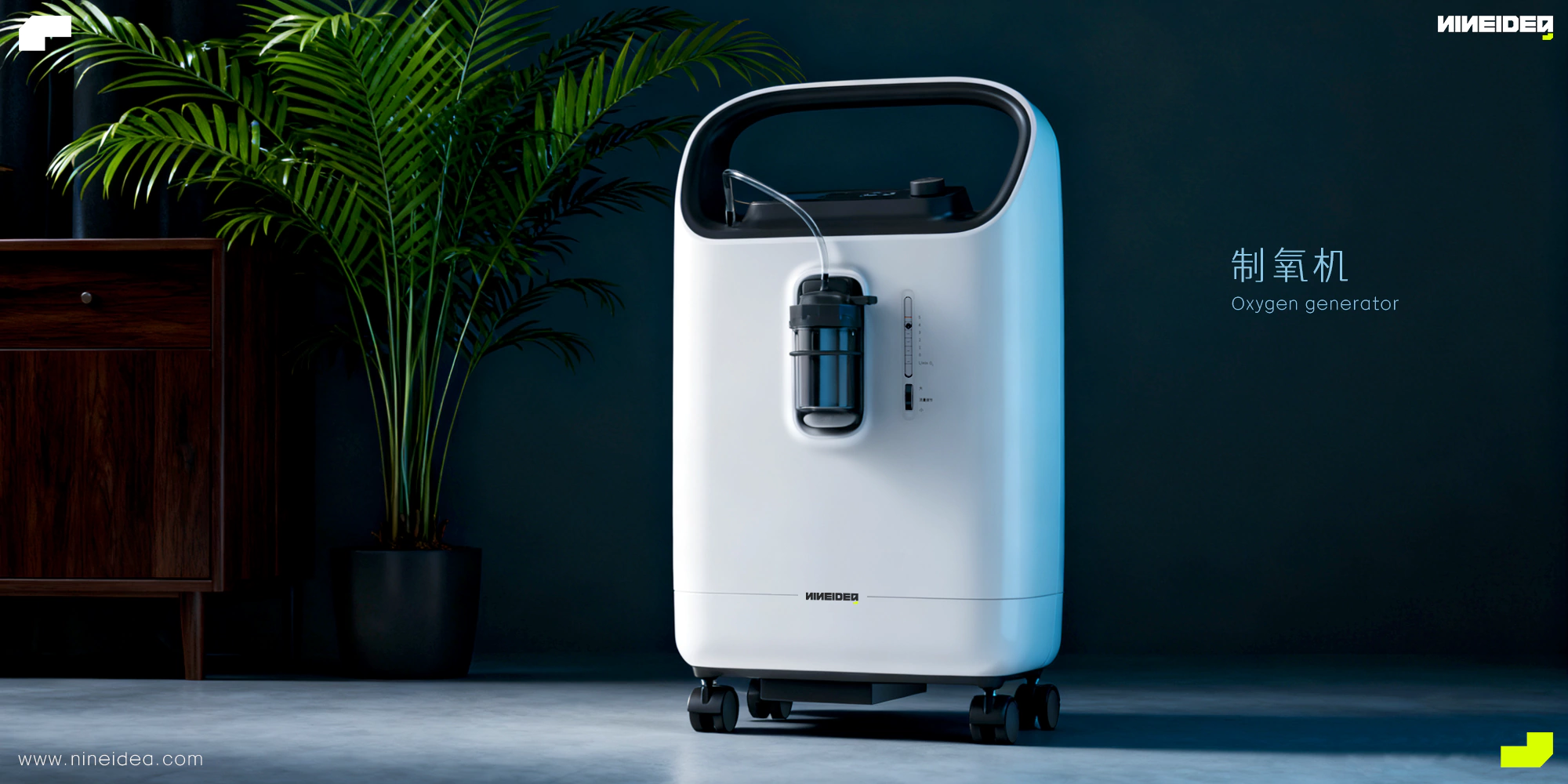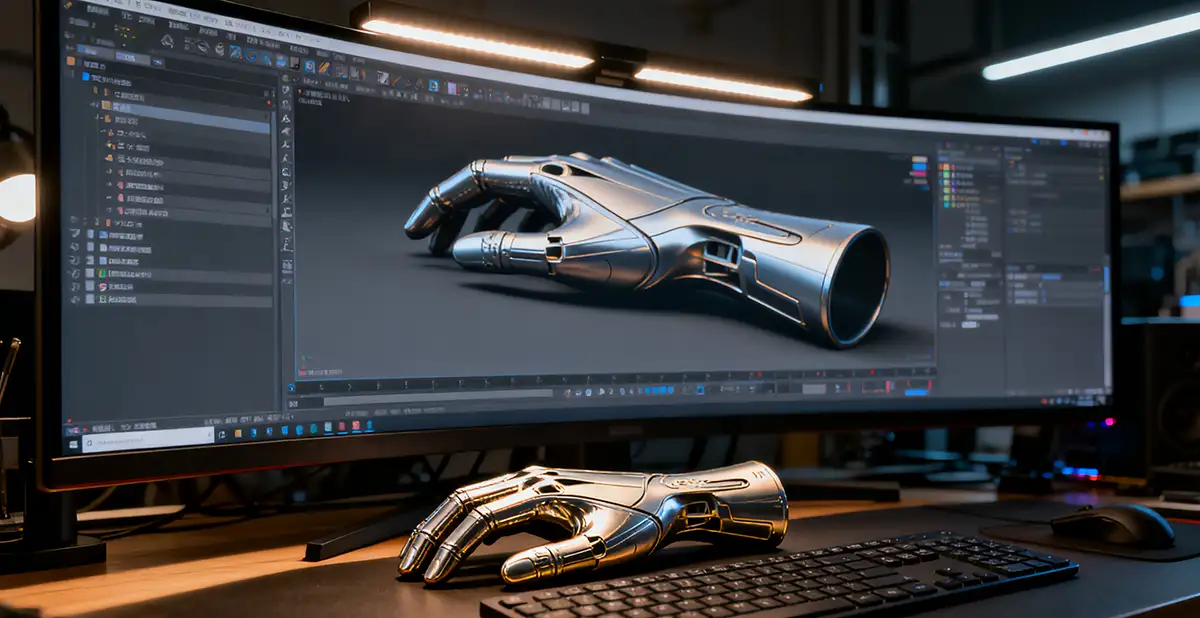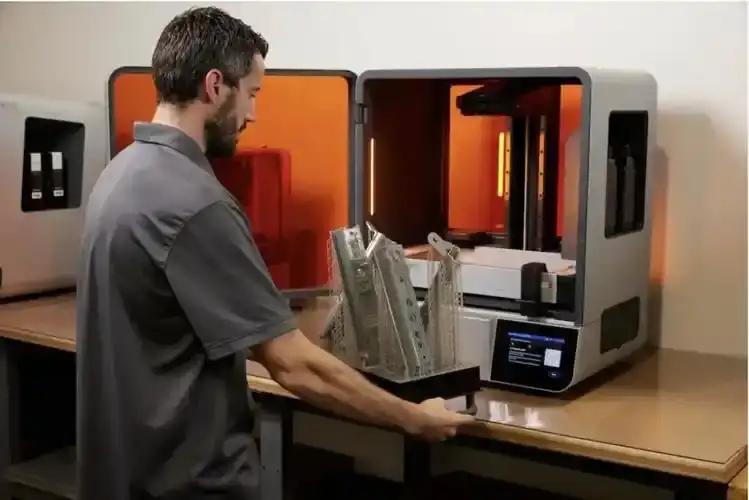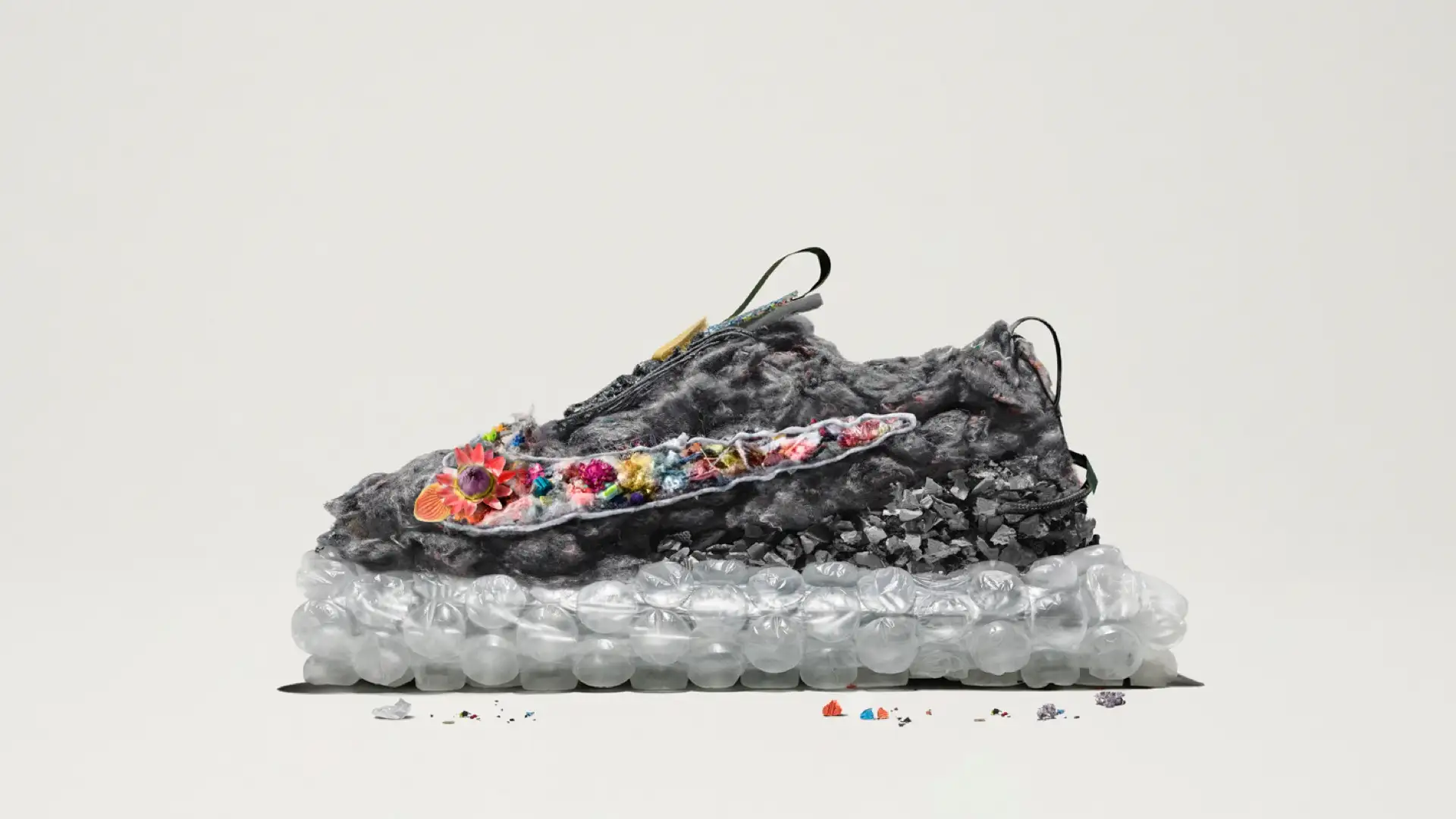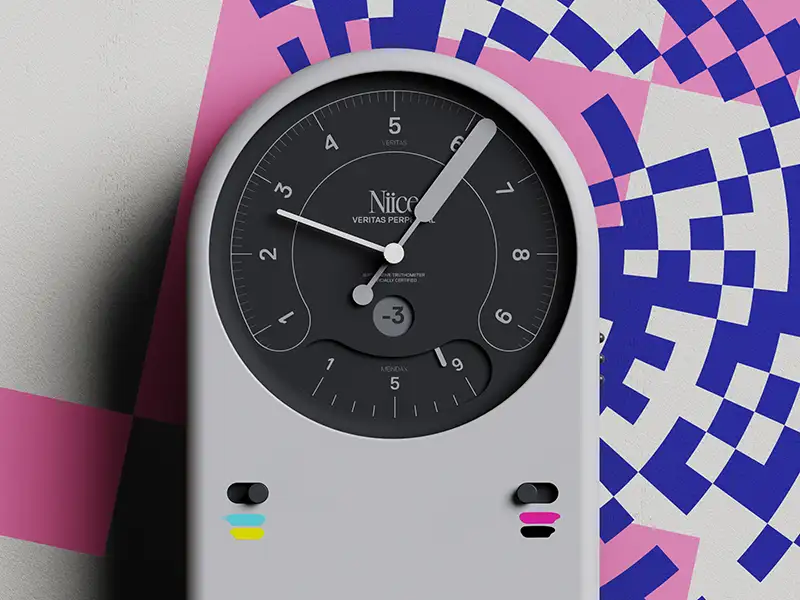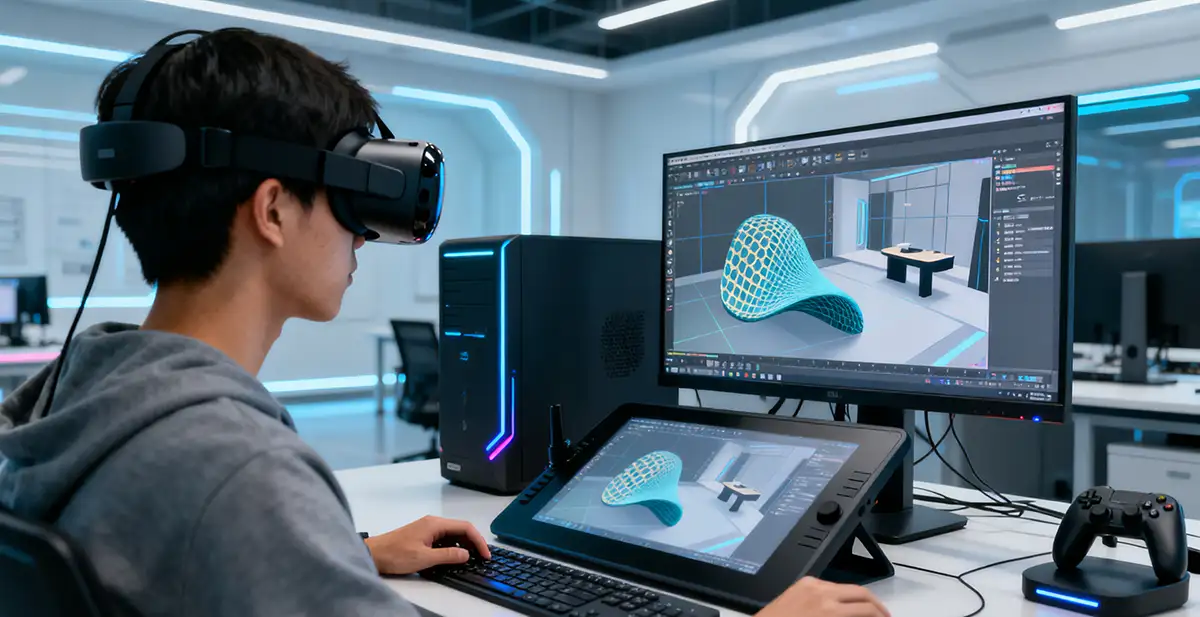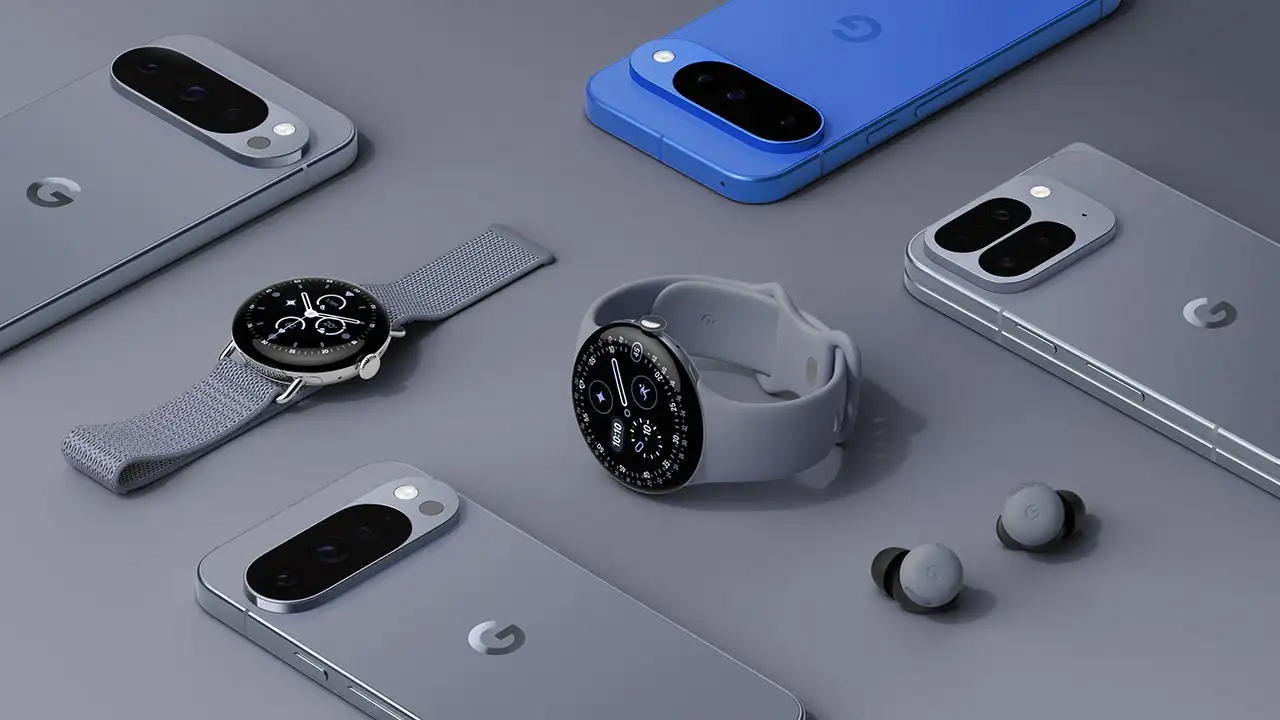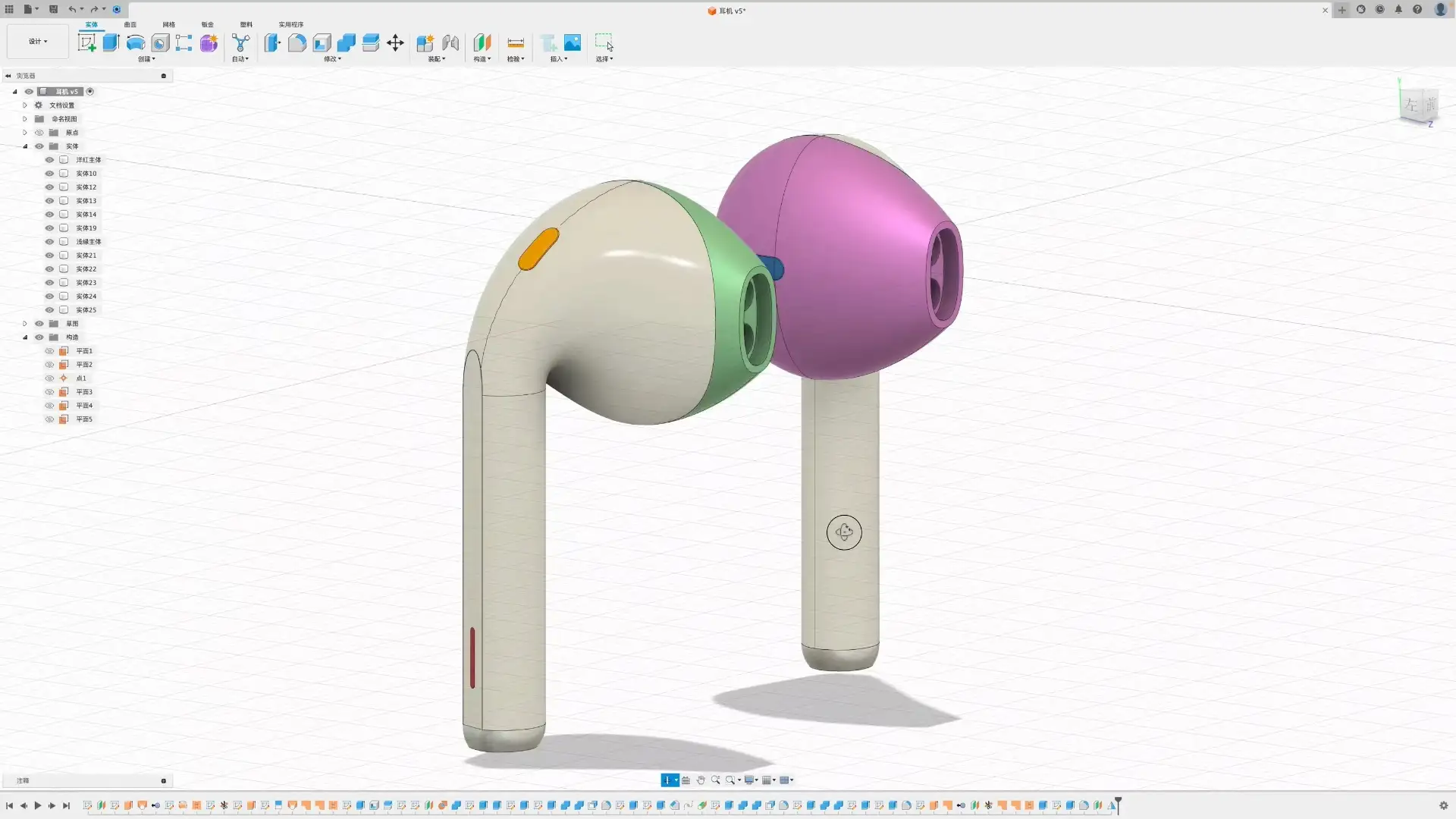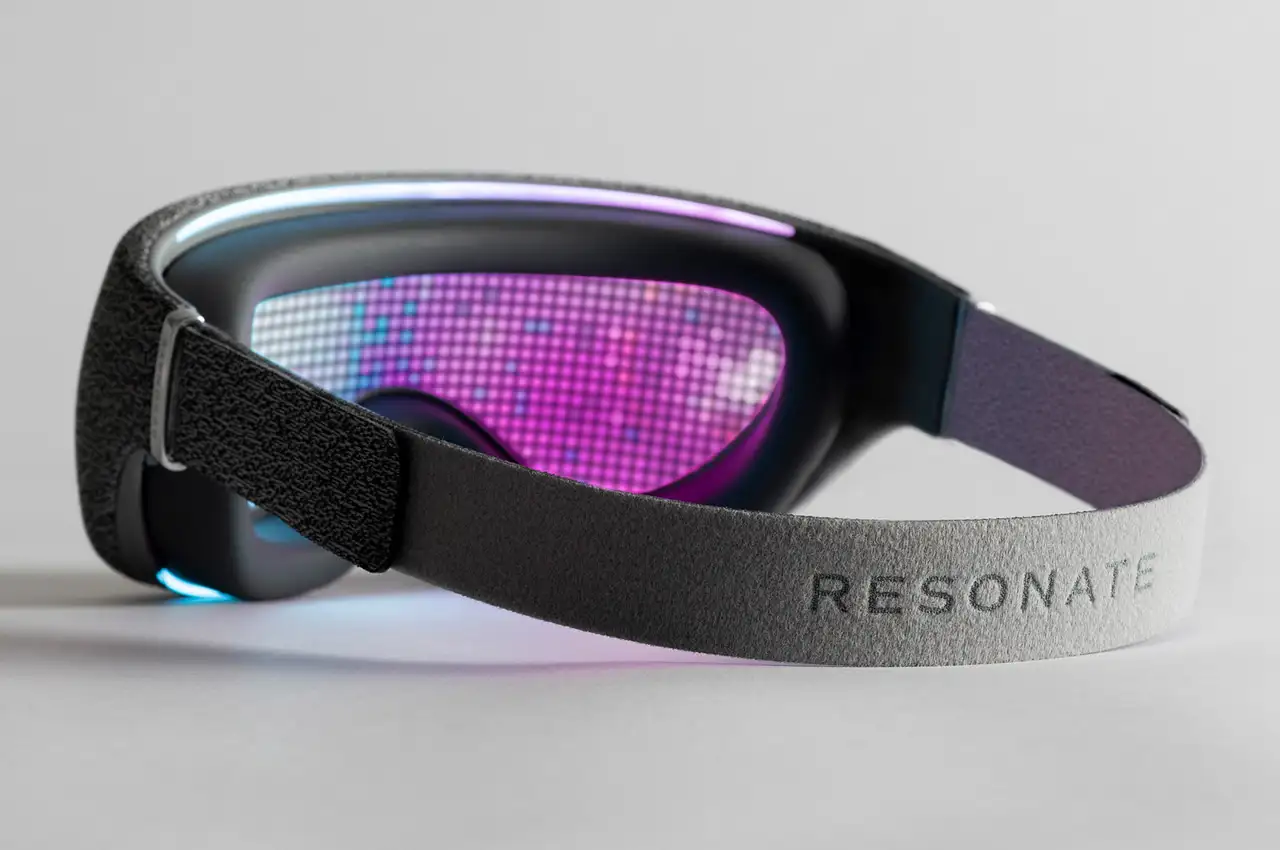NINEIDEA:工业设计能成为企业竞争力的“核武器”,主要源于其在产品生命周期各阶段对企业的多维赋能,通过系统性创新将美学、功能、技术与商业价值深度融合,形成难以复制的核心优势。而且,它远不止是让产品“看起来好看”的肤浅学科。它是一种整合了用户需求、技术可行性和商业成功的系统性战略思维,能够在最深层次上为企业构建起难以被模仿的护城河。
创造卓越的用户体验(UX)和用户价值(UV)
这是工业设计最直接、最核心的贡献。
- 解决用户痛点: 优秀的设计师首先是敏锐的观察者。他们能发现用户自己都未曾察觉的困扰和不便,并通过设计巧妙地解决它们。一个按钮的位置、一种材质的触感、一个交互流程的简化,都能极大地提升用户满意度。
- 创造情感连接: 工业设计将冷冰冰的技术转化为有温度、有情感的产品。通过形态、色彩、材质和光影,设计能唤起用户的愉悦、信任甚至热爱。当用户因为“喜欢”而购买,而不仅仅是“需要”时,品牌就拥有了至高无上的忠诚度。
- 降低使用门槛: 伟大的设计是“自明”的,用户不需要阅读复杂的说明书就能直观地使用。这极大地扩展了产品的受众范围(例如,苹果和戴森的产品)。

案例: 苹果的iPhone、iPad。它们并非技术的首创者,但通过极致的工业设计和用户体验设计,重新定义了整个手机和平板电脑行业,让智能设备变得直观、优雅且令人渴望。
实现强大的品牌差异化和识别度
在技术同质化越来越严重的今天,硬件参数很容易被竞争对手模仿甚至超越。
- 视觉语言(Design Language): 独特的工业设计形成了品牌的“视觉语言”。无论产品线如何扩展,人们都能一眼认出它的品牌。这种高度的识别度是品牌资产的核心组成部分。
- 从“功能品牌”到“情感品牌”: 设计帮助品牌从单纯售卖功能(“我的手机芯片最快”)升级为售卖一种体验、一种身份象征甚至一种价值观(“我追求极致简约和创造力”)。这种差异化是竞争对手无法通过简单复制硬件就能实现的。

案例: 戴森(Dyson)的无叶风扇和吸尘器。其颠覆性的外观设计不仅服务于功能,本身就成了科技感、高端和前卫的代名词,使其在市场中独树一帜,售价远超同行却依然畅销。
优化生产和成本,提升商业效益
这是工业设计常常被外界忽略的“隐藏威力”。一个好的设计师必须为制造而设计(Design for Manufacturing)。
- 降低成本: 在设计阶段就充分考虑材料选择、模具开发、组装流程等,可以极大地优化生产步骤,减少零部件数量,降低物料和装配成本。一个微小的设计改动,可能为大规模生产节省数百万的成本。
- 提升效率与良品率: 设计合理的产品更容易被自动化生产线高效、准确地组装,同时减少生产过程中的损耗和次品率。
- 为供应链而设计: 设计会影响包装、运输和仓储成本。更紧凑、更坚固的设计能节省大量的物流空间和成本。

案例: 特斯拉Model Y采用的一体压铸式车身,虽然是一项制造技术,但其背后需要极强的设计思维来重新构想车身结构,最终大幅减少零部件数量,简化生产流程,降低了总成本。
驱动创新和定义新市场
工业设计师往往是技术、市场和人文学科的交叉点。他们能看见技术的新应用场景,并将之转化为具有市场吸引力的产品形态。
- 整合新技术: 设计师将最新的技术(如AI、传感器、新电池技术)以用户能理解和喜爱的形式包装起来,使其得以落地和普及。
- 创造新品类: 很多时候,革命性的设计本身就能开创一个全新的市场品类。
案例: GoPro运动相机。它本身并没有发明什么全新的核心技术,但通过卓越的工业设计(小巧、坚固、便携、易固定),完美解决了极限运动爱好者第一人称视角拍摄的痛点,从而开创并统治了一个全新的市场。
构建长期的可持续竞争力
- 难以复制: 竞争对手可以抄袭一个外观专利,但无法轻易复制一整套贯穿于企业骨髓中的设计思维、用户洞察和创新文化。这种由内而外的设计能力是需要长期积累的核心竞争力。
- 提升产品溢价: 卓越的设计允许品牌制定更高的价格,从而获得更丰厚的利润,这些利润又可以反哺研发和设计,形成正向循环。
为何是“核武器”?
- 战略性(Strategic): 它不再是产品开发末端的美化步骤,而是贯穿产品定义、研发、制造、营销全流程的顶层战略。
- 系统性(Systemic): 它同时作用于用户(体验)、企业(利润)和品牌(形象) 三个关键层面,产生协同效应。
- 杠杆效应(Leverage): 在前端设计上投入1分心力,可能在市场回报和成本节约上产生100分的效应。反之,一个糟糕的设计可能导致即使投入巨资营销也无法挽回败局。
- 毁灭性(Destructive): 拥有顶尖工业设计能力的企业,可以用一款产品颠覆整个行业格局(如iPhone之于诺基亚),其威力犹如核武器,足以重新划定竞争版图。
将工业设计视为企业的“核武器”,并非夸大其词。它是这个时代企业从“制造”走向“创造”,从“价格竞争”走向“价值竞争”最关键的战略工具之一。
@NINEIDEA九号创新 www.nineidea.com

Why can industrial design become a ‘nuclear weapon’ for enterprise competitiveness?
NINEIDEA: Industrial design can become the “nuclear weapon” of enterprise competitiveness, which is mainly due to its multi-dimensional empowerment of enterprises at all stages of the product life cycle. Through systematic innovation, it deeply integrates aesthetics, function, technology and commercial value, forming core advantages that are difficult to replicate. Moreover, it is far more than just a superficial subject of making products look good. It is a systematic strategic thinking that integrates user needs, technological feasibility, and business success, and can build an unbreakable moat for enterprises at the deepest level.
Create excellent user experience (UX) and user value (UV)
This is the most direct and core contribution of industrial design.
Addressing user pain points: Excellent designers are first and foremost keen observers. They can discover troubles and inconveniences that users themselves have not noticed, and cleverly solve them through design. The position of a button, the texture of a material, and the simplification of an interaction process can all greatly enhance user satisfaction.
Creating emotional connections: Industrial design transforms cold technology into products with warmth and emotion. Through form, color, material, and light and shadow, design can evoke users’ joy, trust, and even love. When users make purchases based on their “likes” rather than just their “needs,” a brand has supreme loyalty.
Lowering the threshold for use: Great design is self-evident, and users can use it intuitively without reading complex instructions. This greatly expands the audience range of the product (such as Apple and Dyson products).
Case: Apple’s iPhone and iPad. They are not the pioneers of technology, but through extreme industrial design and user experience design, they have redefined the entire mobile phone and tablet industry, making smart devices intuitive, elegant, and desirable.
Realize strong brand differentiation and recognition
In today’s increasingly homogenized technology, hardware parameters are easily imitated or even surpassed by competitors.
Design Language: The unique industrial design forms the brand’s “visual language”. No matter how the product line expands, people can recognize its brand at a glance. This high level of recognition is a core component of brand assets.
From “functional brand” to “emotional brand”: Design helps brands upgrade from simply selling functionality (“My phone chip is the fastest”) to selling an experience, an identity symbol, and even a value (“I pursue ultimate simplicity and creativity”). This differentiation cannot be achieved by competitors simply copying hardware.
Case: Dyson’s bladeless fan and vacuum cleaner. Its disruptive exterior design not only serves functionality, but has also become synonymous with a sense of technology, high-end, and avant-garde, making it unique in the market, with a price far exceeding its peers but still selling well.
Optimize production and costs, enhance business efficiency
This is the “hidden power” of industrial design that is often overlooked by the outside world. A good designer must design for manufacturing.
Reducing costs: Fully considering material selection, mold development, assembly processes, etc. during the design phase can greatly optimize production steps, reduce the number of components, and lower material and assembly costs. A small design change could save millions of costs for large-scale production.
Improve efficiency and yield: Products with well-designed designs are easier to assemble efficiently and accurately on automated production lines, while reducing losses and defect rates during the production process.
Design for supply chain: Design will affect packaging, transportation, and warehousing costs. A more compact and robust design can save a lot of logistics space and costs.
Case: The integrated die-casting body of Tesla Model Y, although a manufacturing technology, requires strong design thinking to reimagine the body structure, ultimately significantly reducing the number of components, simplifying the production process, and lowering the overall cost.
Drive innovation and define new markets
Industrial designers are often the intersection of technology, market, and humanities. They can see new application scenarios for technology and transform them into marketable product forms.
Integrating new technologies: Designers package the latest technologies (such as AI, sensors, and new battery technologies) in a form that users can understand and enjoy, enabling them to be implemented and popularized.
Creating a new category: Often times, revolutionary design itself can create a completely new market category.
Case: GoPro sports camera. It did not invent any new core technology, but through its excellent industrial design (compact, sturdy, portable, easy to fix), it perfectly solved the pain point of first person perspective shooting for extreme sports enthusiasts, thus creating and dominating a completely new market.
Building long-term sustainable competitiveness
Difficult to replicate: Competitors can copy a design patent, but cannot easily replicate a complete set of design thinking, user insights, and innovative culture that runs through the bones of the enterprise. This kind of design ability from the inside out is a core competitiveness that requires long-term accumulation.
Enhance product premium: Excellent design allows brands to set higher prices, thereby gaining richer profits, which can then be used to support research and design, forming a positive cycle.
Why ‘nuclear weapons’?
Strategic: It is no longer a cosmetic step at the end of product development, but a top-level strategy that runs through the entire process of product definition, research and development, manufacturing, and marketing.
Systematic: It simultaneously affects three key levels: user experience, enterprise profit, and brand image, generating synergies.
Leverage effect: Investing 1 distraction in front-end design may result in a 100 point effect on market returns and cost savings. On the contrary, a poor design may lead to irreparable losses even if huge marketing investments are made.
Destructive: Enterprises with top-notch industrial design capabilities can disrupt the entire industry landscape with a single product (such as the iPhone to Nokia), with a power akin to a nuclear weapon, capable of redefining the competitive landscape.
It is not an exaggeration to view industrial design as a ‘nuclear weapon’ for enterprises. It is one of the most critical strategic tools for enterprises in this era to move from “manufacturing” to “creation” and from “price competition” to “value competition”.
@NINEIDEA九号创新 www.nineidea.com














